The kangaroo is one of the most famous animals in the world, known for its strong legs and long tail. It moves by hopping and carries its babies in a pouch. Kangaroos are calm, grass-eating animals that live in the open lands of Australia.
Scientific Classification
-
Kingdom: Animalia
-
Phylum: Chordata
-
Class: Mammalia
-
Order: Diprotodontia
-
Family: Macropodidae
-
Genus: Macropus
Common Names
-
Kangaroo
-
Roo (short nickname)
-
Joey (for baby kangaroos)
-
Wallaroo (a smaller, related species)
Geographic Distribution
Kangaroos live mostly in:
-
Australia
-
Tasmania
-
Some nearby islands
They are found in:
-
Grasslands
-
Forests
-
Open plains
-
Even deserts
 Image showing Kangaroo standing in the Australian outback (Source: Shutterstock)
Image showing Kangaroo standing in the Australian outback (Source: Shutterstock)
Physical Characteristics
-
Height: Up to 2 meters (6.5 feet)
-
Weight: 20 to 90 kg depending on species
-
Tail: Long and muscular, used for balance
-
Ears: Large and upright
-
Feet: Big and strong for jumping
Kangaroos can jump more than 9 meters in one hop and move very fast when needed.
Types of Kangaroos
1. Red Kangaroo
 Image showing a red kangaroo on dry land (Source: Shutterstock)
Image showing a red kangaroo on dry land (Source: Shutterstock)
-
Largest kangaroo species
-
Males are reddish in color, females grayish
-
Live in dry and open areas
2. Eastern Grey Kangaroo

-
Slightly smaller than red kangaroo
-
Lives in forests and woodlands
-
Very social and active during cool hours
3. Western Grey Kangaroo
 Image showing Western grey kangaroo in bushy terrain (Source: Wikipedia)
Image showing Western grey kangaroo in bushy terrain (Source: Wikipedia)
-
Found in southern and western Australia
-
Has a dark face and soft fur
-
Males called “Stinkers” because of strong smell
What do kangaroos eat?
Kangaroos are herbivores, meaning they eat plants only. Their diet includes:
-
Grass
-
Leaves
-
Bushes
-
Roots
They feed mostly in the early morning and late evening when it’s cooler.
How do kangaroos raise babies?
-
A baby kangaroo is called a joey.
-
It is born very tiny and climbs into the mother’s pouch.
-
It stays in the pouch for about 6 to 8 months, growing and drinking milk.
-
After that, it comes out slowly and learns to hop and eat grass.
Fun facts about kangaroos
-
Kangaroos can’t walk backward, only forward.
-
They can jump over 3 times their own height.
-
A group of kangaroos is called a mob, troop, or court.
-
They use their tail as a “fifth leg” when walking slowly.
-
Kangaroos are symbols of Australia and appear on the national coat of arms.
Importance to Humans
Positive Roles:
-
Loved for tourism and wildlife interest
-
Appear on coins, logos, and emblems
-
Studied by scientists for muscle and jumping power
-
Their grazing helps manage grass growth in the wild
Challenges:
-
Can damage farms and crops when in large groups
-
Sometimes hit by vehicles at night
-
Conflict with pets or fences in shared spaces
Health & common issues
Kangaroos are strong, but like all animals, they can face some problems:
Common Health Concerns:
-
Wounds from fights (especially males)
-
Parasites like ticks and worms
-
Road injuries
-
Dehydration during hot seasons
-
Muscle damage from overuse
Veterinary Care Tips (for rescued or zoo kangaroos):
-
Plenty of space to hop and rest
-
Clean food and water
-
Regular health checks
-
Calm and quiet environment for mothers with joeys
Conservation Status
-
Most kangaroo species are not endangered
-
Populations are stable or even rising in some areas
-
Protected by Australian law
-
Hunted under strict rules for meat or leather
Some species, like tree kangaroos and wallabies, are more at risk due to habitat loss.
Kangaroo vs Wallaby
| Feature | Kangaroo | Wallaby |
|---|---|---|
| Size | Larger | Smaller |
| Legs | Long and thin | Shorter and stockier |
| Habitat | Open plains | Forest and rocky areas |
| Behavior | Travel in mobs | More solitary or in pairs |
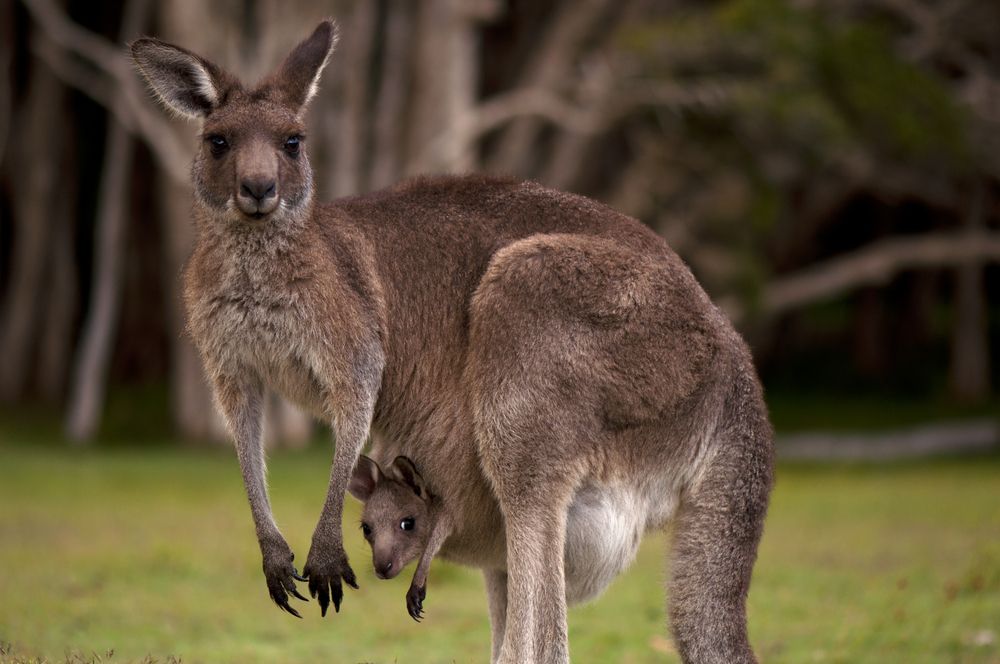 Image showing Kangaroo mother with joey peeking from pouch under the sun (Source: Live Science).
Image showing Kangaroo mother with joey peeking from pouch under the sun (Source: Live Science).
In case you are curious about exotic animals or wild rescue care, you can reach out to us at Doctor Hulk Veterinary Hospital or call 08143397614.








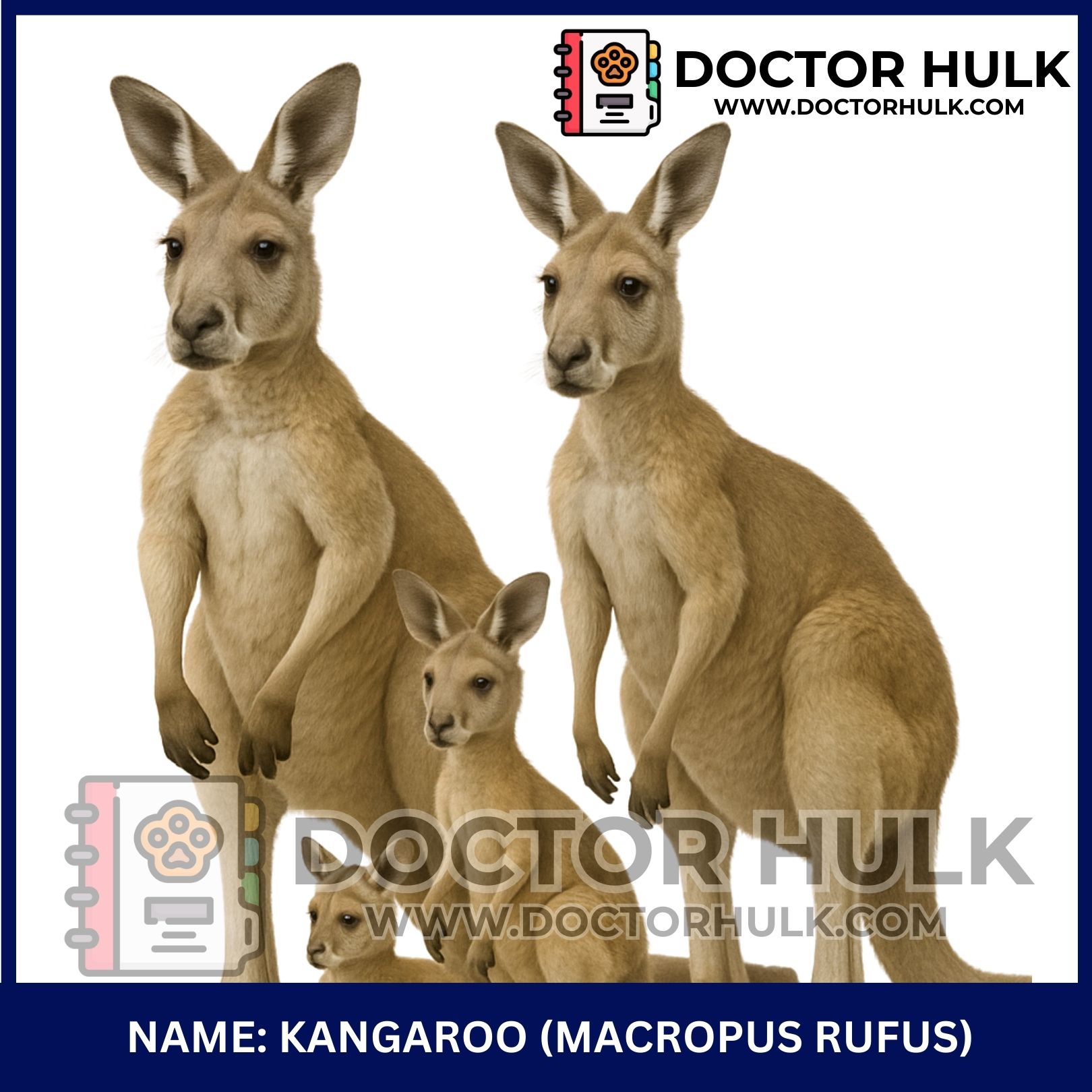

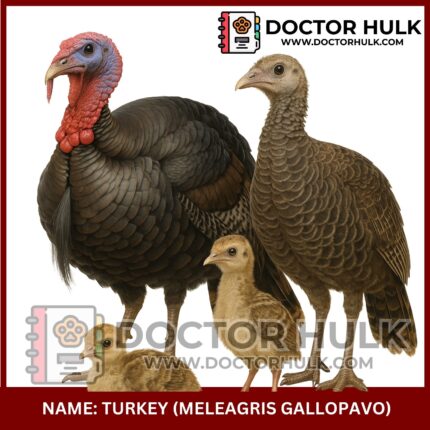


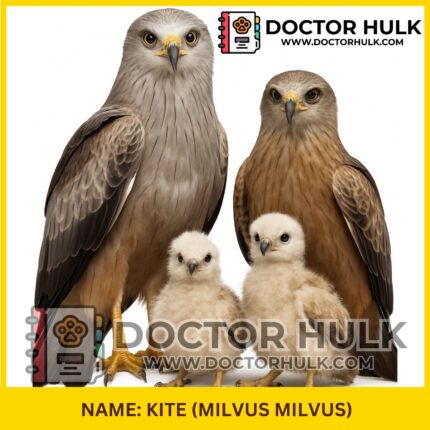
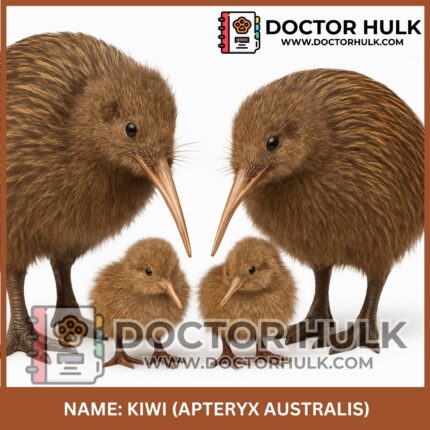

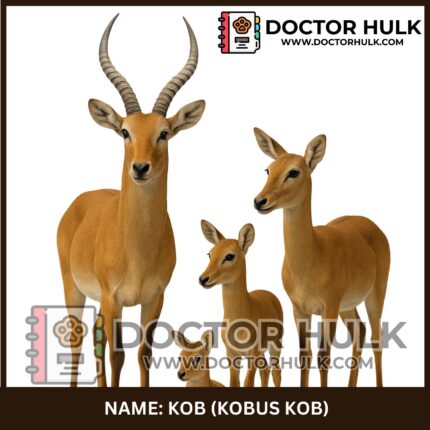

Reviews
There are no reviews yet.